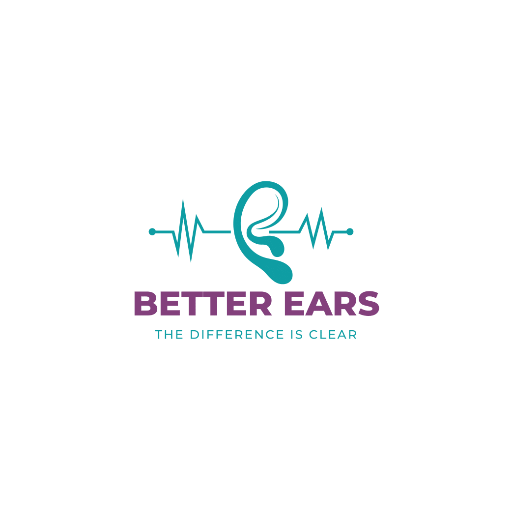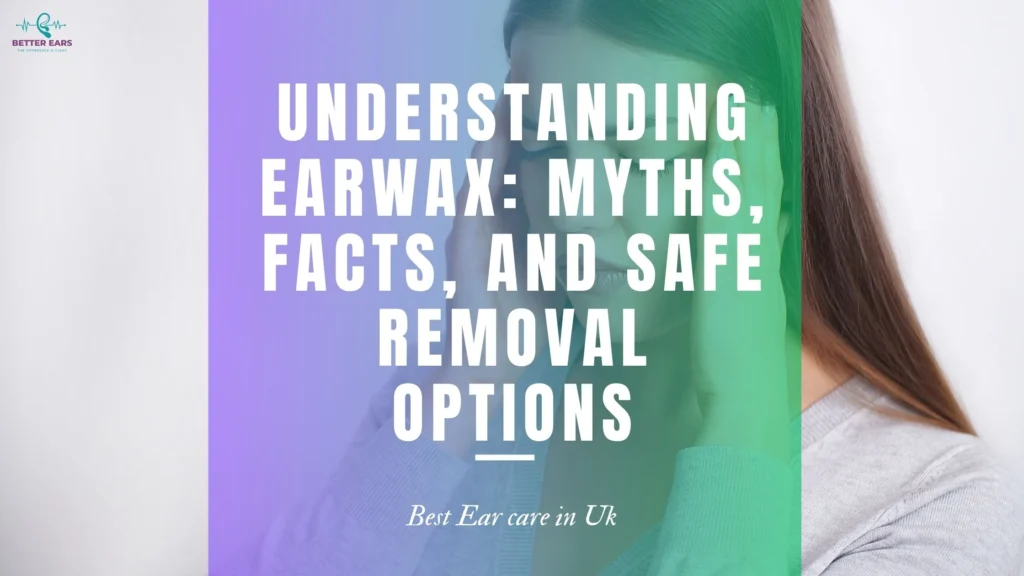
Earwax, also known as cerumen, is one of those small but important parts of our body that we often overlook—until it becomes a problem. Many people think of earwax as something dirty or unnecessary, but the truth is, earwax plays a vital role in protecting our ears. Unfortunately, there are also many myths about earwax and how to remove it safely.
In this blog, we’ll explore the facts about earwax, bust common myths, and highlight the safest ways to keep your ears healthy—especially why microsuction is the safest and most effective method.

Why Do We Have Earwax?
Earwax is not just “dirt.” It is produced by glands in your ear canal and has several important functions:
- Protects the ear canal from dust, bacteria, and other harmful particles.
- Moisturises the skin inside the ear, preventing dryness and itching.
- Acts as a natural barrier against infections.
- Cleans itself naturally as earwax usually moves out of the ear on its own.
Common Myths About Earwax
There’s a lot of misinformation out there about earwax. Let’s bust some common myths:
- Myth 1: Earwax is a sign of poor hygiene
- Fact: Earwax is natural and healthy. Everyone has it.
- Myth 2: Cotton buds are safe for cleaning ears
- Fact: Cotton buds can push wax deeper, cause blockages, or even damage the ear canal.
- Myth 3: Ear candling removes earwax safely
- Fact: Ear candling is not effective and can actually cause burns, ear injuries, and other risks.
- Myth 4: More earwax means a bigger problem
Fact: Earwax amounts vary between people. Excess only becomes an issue if it causes symptoms like hearing loss, pain, or ringing.
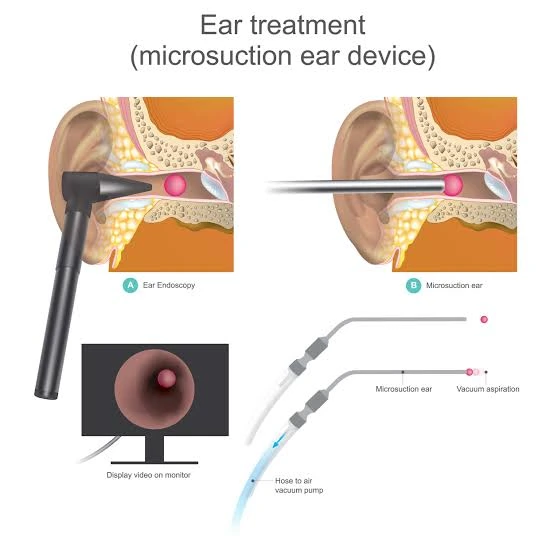
Signs You Might Have an Earwax Blockage
Some people never have issues with earwax, but others may experience blockages. Look out for symptoms such as:
- Reduced or muffled hearing
- Earache or a feeling of fullness in the ear
- Itchiness inside the ear
- Ringing in the ear (tinnitus)
- Dizziness or balance problems
If you notice these symptoms, it’s time to seek professional help instead of trying DIY remedies.
Safe Methods of Earwax Removal
Here are the most common methods people try—and why some are better than others:
- Ear drops
- Can soften wax but may not clear a blockage completely.
- Irrigation (ear syringing)
- Uses water to flush out wax, but not suitable for everyone and carries a small risk of infection or damage.
- Ear candling
- Risky and not scientifically proven. It can lead to burns and even blockages.
- Microsuction (Recommended)
- A gentle, quick, and safe procedure where a professional uses a tiny suction device to remove earwax. No water, no burning, no risk—just clean and clear ears.

Why Microsuction is the Best Option
Microsuction is considered the gold standard for earwax removal in the UK. Here’s why:
- Safe, even for people with ear surgery history, perforated eardrum, or ear infections.
- Quick and painless.
- No water involved, reducing infection risk.
- Immediate improvement in hearing and comfort.
- Performed by trained professionals.
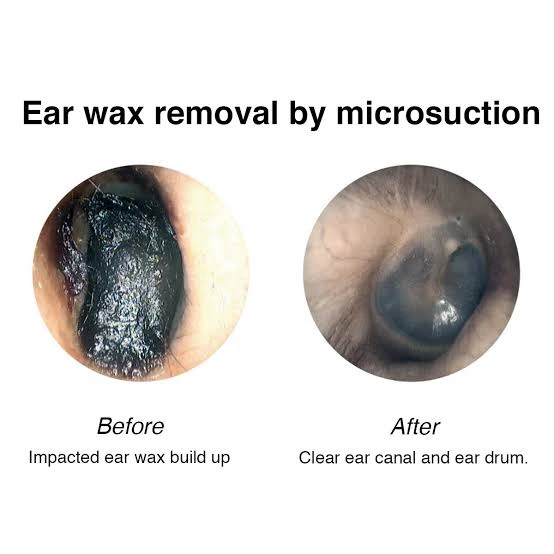
Tips for Maintaining Healthy Ears
To keep your ears in the best condition:
- Avoid putting objects like cotton buds or hairpins in your ears.
- Use olive oil drops occasionally if your ears are prone to dryness or wax build-up.
- Stay away from ear candling.
- Seek professional care if you notice symptoms of blockage.
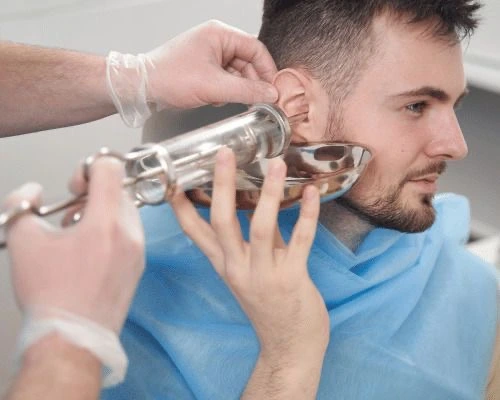
Final Thoughts
Earwax isn’t something to fear or be embarrassed about—it’s a natural and protective part of your body. The key is knowing how to manage it safely. Avoid DIY myths and unsafe methods like cotton buds and ear candling. Instead, trust safe, effective solutions like microsuction.
At Better Ears, we offer expert microsuction earwax removal across the UK, including convenient home visits. Whether you’re experiencing discomfort or just want peace of mind, our trained specialists provide professional, gentle, and reliable ear care.
✅ Healthy ears = Happier you.
🌐 Visit us
